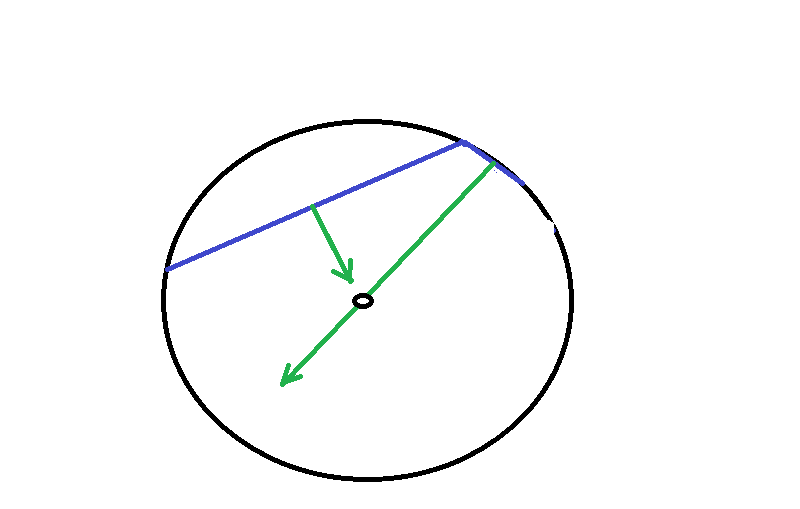Hi, all:
I wrote a post on interpolating quaternions with circular blending.
http://allenchou.net/game-math-series/
Circular blending is an interpolation technique that produces "quaternion curves" with C1 continuity, as opposed to the commonly used piece-wise slerp technique that has only C0 continuity.
Here's a video comparing the two techniques.







